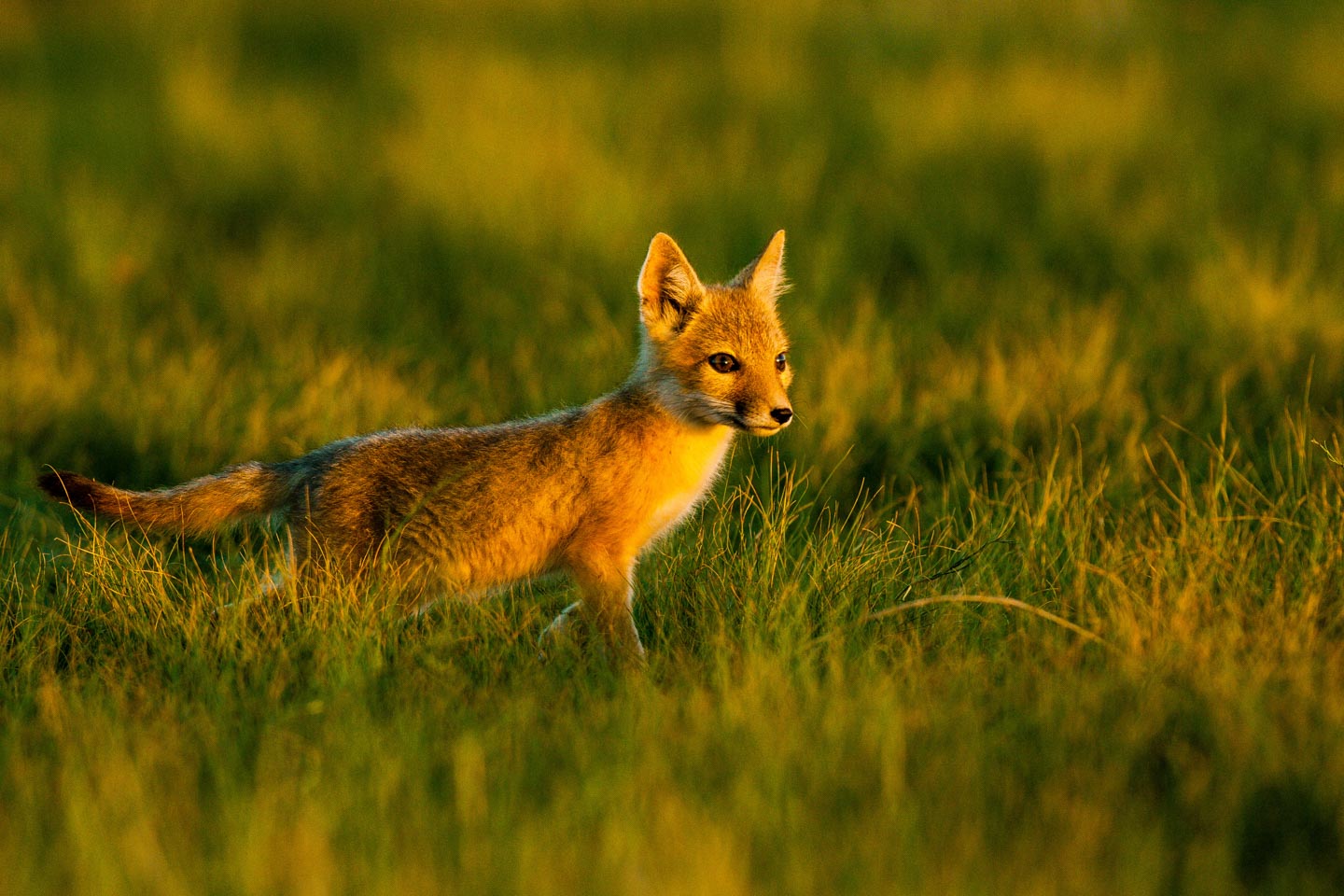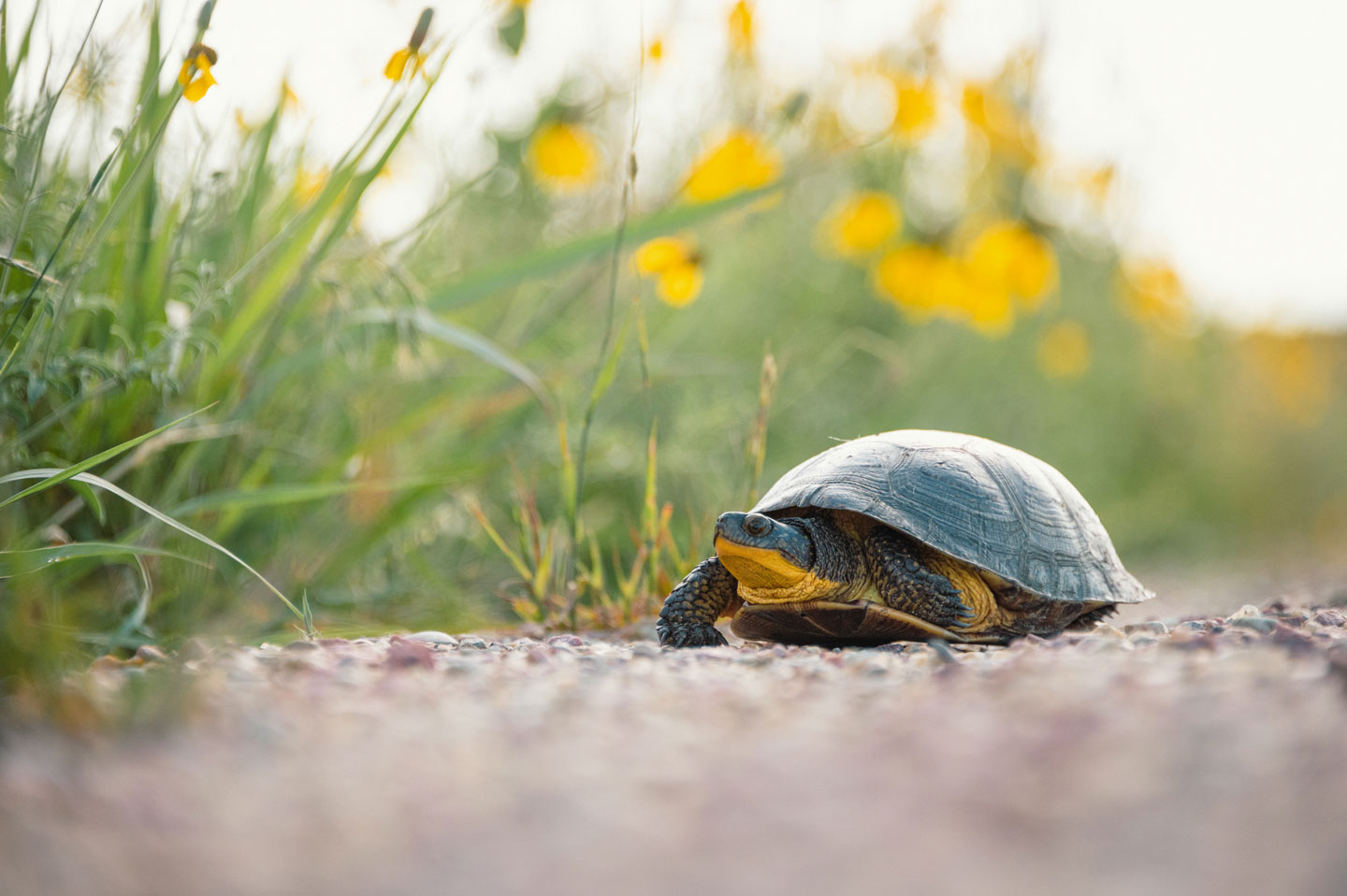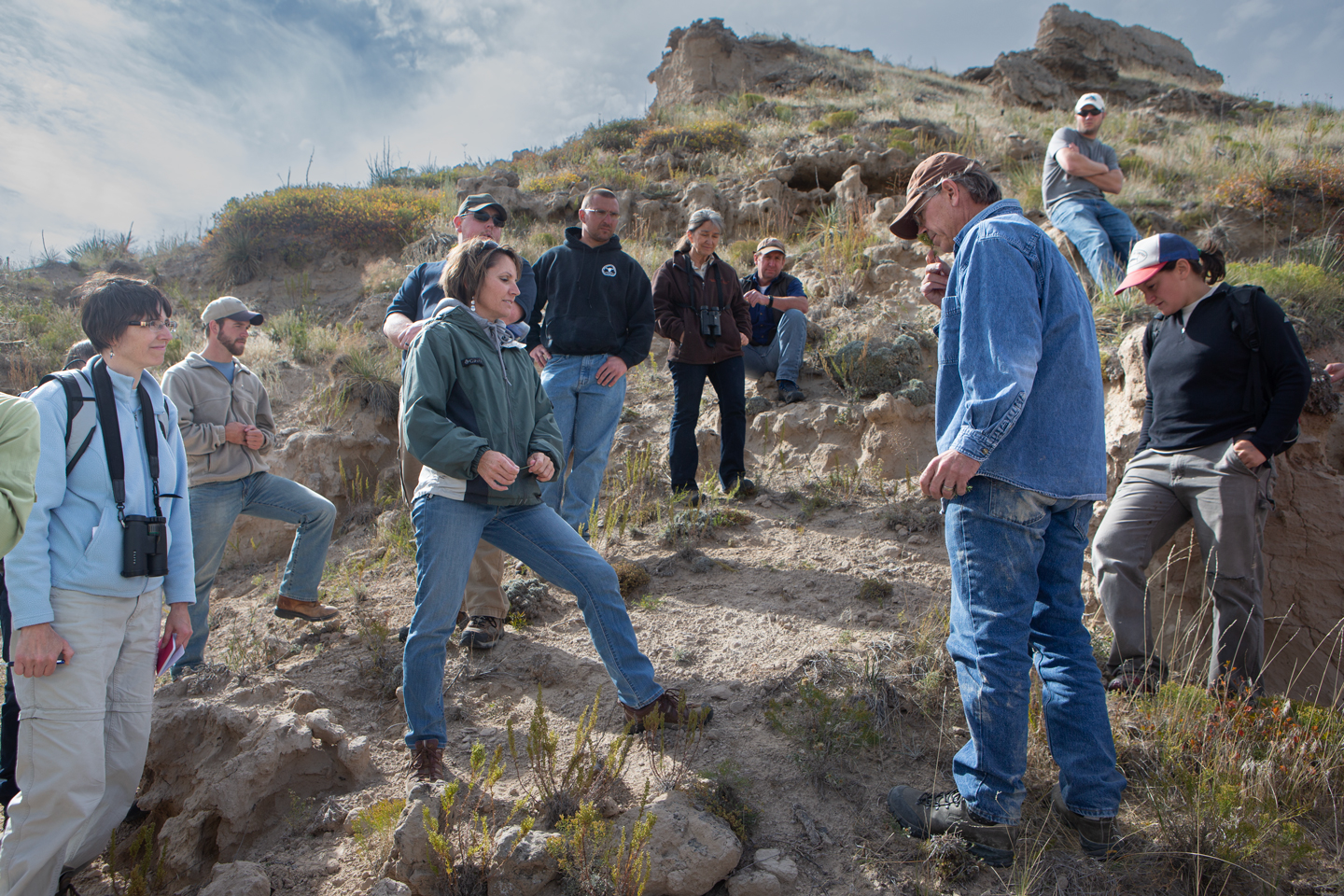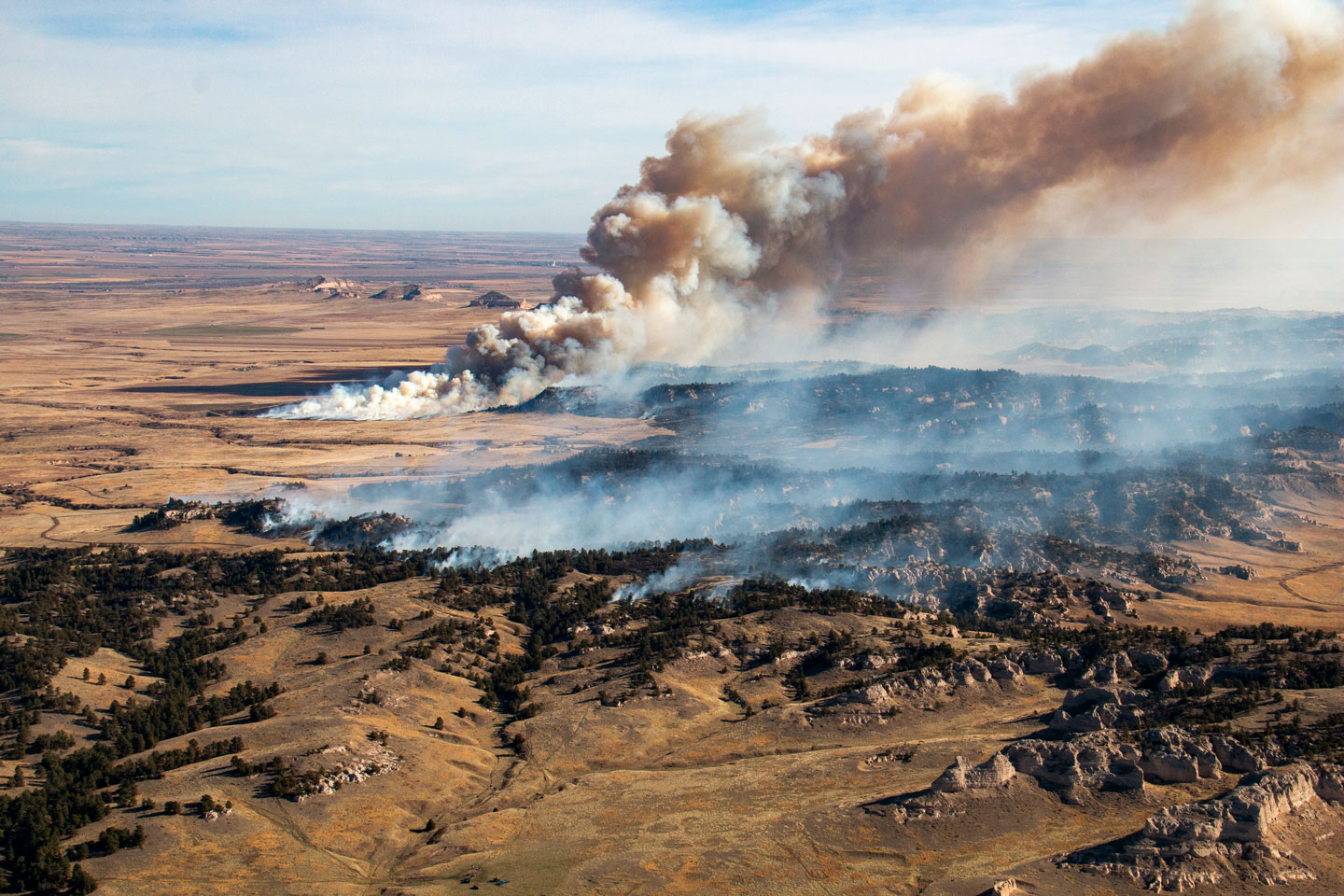Legacy Projects
With the majority of lands in Nebraska privately owned, Legacy Projects provide a blueprint for landowners and local communities to achieve conservation initiatives.
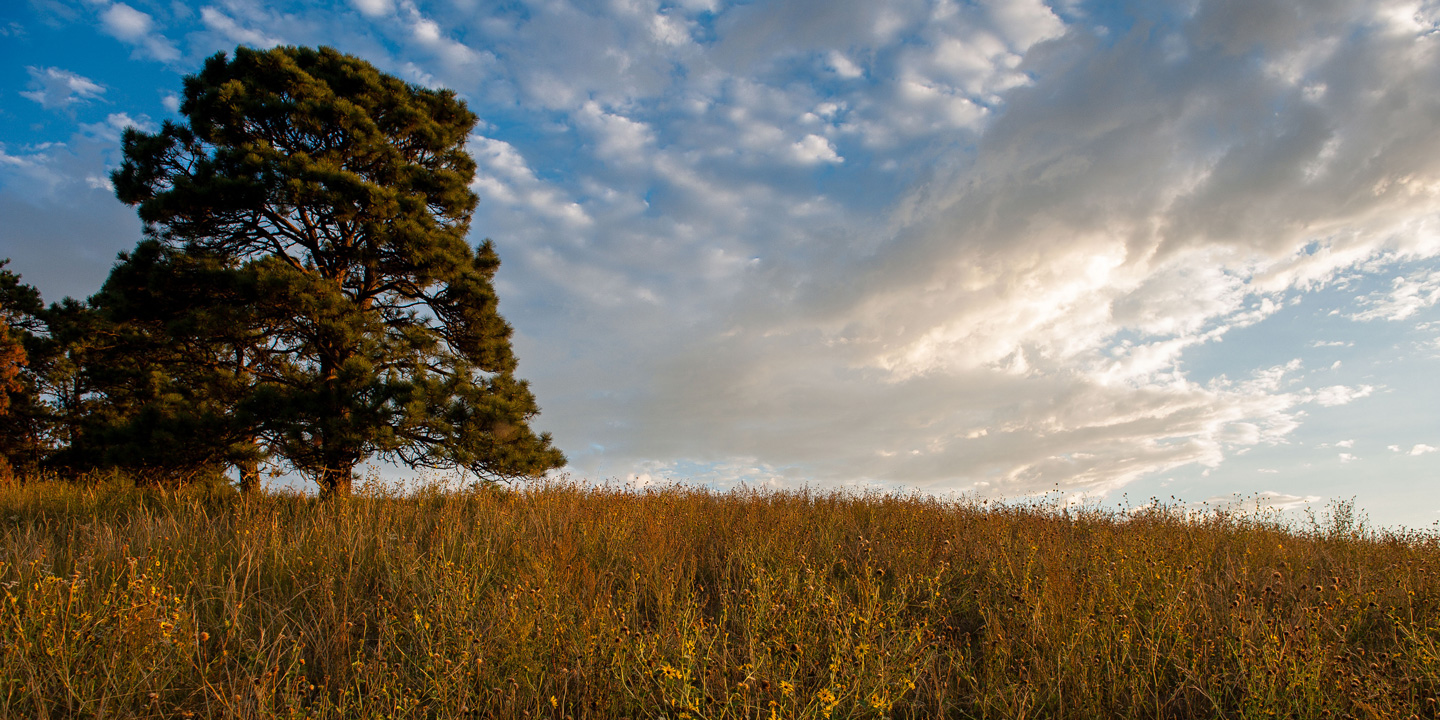
Natural Legacy Project Demonstration Sites
The Nebraska Natural Legacy Project is the blueprint for conserving the amazing biodiversity in Nebraska, which includes at-risk, threatened and endangered species — also known as the Species of Greatest Conservation Need. Within Nebraska, there are 39 Biologically Unique Landscapes, which have been identified with high concentrations of Species of Greatest Conservation Need and are prioritized for natural community conservation. With the majority of lands in Nebraska privately owned, it is important that we demonstrate habitat management techniques and engage with local communities to achieve successful conservation initiatives.
The Nebraska Natural Legacy Project has designated 20 demonstration sites which represent different habitat types, have Species of Greatest Conservation Need, have administrative support to implement conservation and are publicly accessible. Below is a brief description of the habitat enhancements, public education and monitoring at six demonstration sites located across Nebraska.
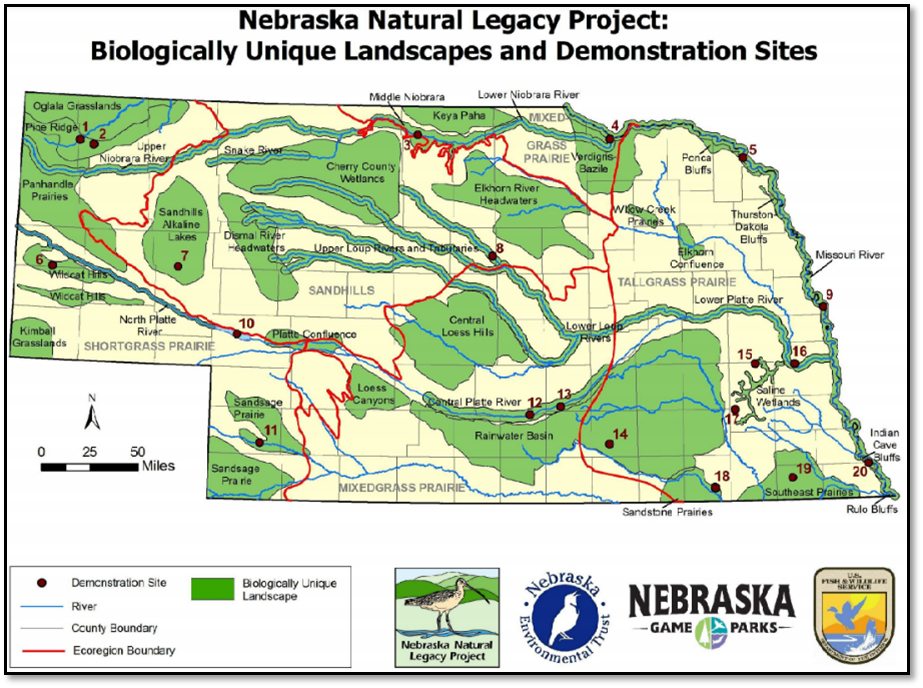
Site description
This demonstration site encompasses 1,237 acres at Niobrara State Park and 1,225 acres of the Niobrara Confluence Wildlife Management Area. This demonstration site is located within the Lower Niobrara River Biologically Unique Landscape and is situated at the confluence of the Missouri and Niobrara rivers, adjacent to the park. The landscape is considered a biological crossroads of the Midwest, including five different ecosystems of prairies and woodlands. Challenges to conserving wildlife habitat include invasive and non-native species, and woody invasive encroachment in prairie areas. Species of Greatest Conservation Need at this site include the whooping crane, bald eagle, piping plover, least tern, and Bailey’s eastern woodrat.
Habitat enhancements
To enhance grassland acres in Nebraska, tree thinning and mechanical removal of invasive eastern redcedars occurred on over 325 acres at this site. Prescribed burning occurred on 287 acres to kill unwanted eastern redcedar seedlings, stimulate growth of native grassland plant species, and help native species compete against non-native cool season grasses. Invasive weed control of Canada thistle and leafy spurge also occurred at Niobrara, mostly on acres which had previously been burned or where tree removal had occurred, to prevent weedy invasions on the disturbed areas.
Ecological education
In 2019, three camera traps were placed at Niobrara State Park to provide an opportunity for public involvement by crowdsourcing image review on the website Zooniverse.
Site description
The Ponca State Park demonstration site is the largest protected area in the Ponca Bluffs Biologically Unique Landscape in northeastern Nebraska. It includes 1,900 acres of steep bluffs dominated by forest, remnant tallgrass prairie and floodplains along the Missouri River. This site is threatened by several invasive species and woody encroachment into prairies. Species of Greatest Conservation Need at this site include the least tern, piping plover, pallid sturgeon, sicklefin chub, sturgeon chub, American ginseng and bald eagle.
Habitat enhancements
A total of 249 acres were prescribed burned, including a remnant oak savanna woodland that had been taken over by smooth brome. There were a total of 97 acres of prairie restorations that were seeded with native prairie seeds. Prairie violet plugs were also planted, which are an important flower for native pollinators. Noxious weeds were sprayed or mowed targeting smooth brome, leafy spurge, Canada thistle, musk thistle, purple loosestrife, and Russian olive trees.
Ecological education
A trail was created that runs through one of the prairie restorations and a stretch of oak woodland, that includes signs showcasing the various plants found along the trail. A boot brush station was installed at the park for visitors to use and learn about avoiding the spread of invasive species. Management workshops were held at the site to educate the public about prairie restoration and management and to educate the public about pollinators.
Site description
This demonstration site in western Nebraska encompasses 1,094 acres of mostly ponderosa pine forest at Wildcat Hills State Recreation Area. It is located within the Wildcat Hills Biologically Unique Landscape and has several stresses on biodiversity including invasive plants, lack of fire, fuel accumulation and pine bark beetle infestation. Species of Greatest Conservation Need at this site include fringed myotis, Rocky Mountain bighorn sheep, Bell’s vireo, Brewer’s sparrow, long-billed curlew, pinyon jay, short-eared owl, regal fritillary and sagebrush lizard.
Habitat enhancements
The recently renovated Wildcat Hills Visitor Center is a popular attraction in the region and raises public awareness and support of the Nebraska Natural Legacy Project. A pollinator plot was planted outside the entrance to the visitor center. This area provides habitat to monarch butterflies, bumble bees and other pollinators, while in a location visible to the public in order to educate about pollinators and promote their conservation. Visitors often report enjoying finding a diverse assemblage of insects and birds around the pollinator plot.
Ecological education
The Nature Center held its grand opening mid-summer 2017. A display about biological diversity and Species of Greatest Conservation Need, along with wildlife, birding and pollinator-themed activities were incorporated into the interpretive design at this demonstration site.
Site description
This demonstration site includes 850 acres of tallgrass prairie at the Spring Creek Prairie Nature Preserve owned by Audubon of Nebraska. This site is 20 minutes southwest of Lincoln, Nebraska, and is open to the public. Habitat management has included grazing and prescribed burning, but more work is needed because of invasion of undesirable trees that are reducing quality grassland habitat. Species documented at the site include 222 birds, 53 butterflies, 35 dragonflies and damselflies, 31 mammals and over 360 plants, including many Species of Greatest Conservation Need.
Habitat enhancements
Prescribed burning occurred on 126 acres of prairie to help in the control of invasive woody vegetation and enhance conditions for growth of native plants. Additionally, invasive woody vegetation, including honey locust, sumac, dogwood, autumn olive and multi-floral rose, were cleared on 191.5 acres. These habitat enhancements benefit grassland songbirds and native pollinators, such as monarch butterflies and regal fritillaries.
Ecological education
Educational signage is planned for the site and will include an overview of the purpose of the prairie, ecology and management. These signs are designed to showcase conservation successes and to educate the public about invasive species removal and prescribed fire.
Site description
In 2014, Rock Creek Station State Recreation Area was integrated into the Rock Glen Wildlife Management Area and Rock Creek Station State Historical Park demonstration site. In total, this demonstration site covers 1,096 acres of bluffs and breaks including large blocks of native tallgrass prairie and bur oak woodlands. The site is located in the Sandstone Prairies Biologically Unique Landscape along the Little Blue River and Rose Creek in southeastern Nebraska. Eastern redcedar, invasive deciduous trees and invasive cool season grasses are the primary threats for the grasslands and woodlands. Species of Greatest Conservation Need at this site include Bush’s sedge, clasping-leaf milkweed, plains frostweed, sessile-leaf tick-clover, ebony spleenwort, common shiner and Iowa skipper.
Habitat enhancements
Prescribed burns occurred annually, totaling 1,117 acres in a mixture of prairie, oak woodland and woodland draws. Additional habitat enhancements were implemented at Rock Creek to increase oak regeneration. These habitat enhancements included tree thinning on 63 acres, hack-and-squirt thinning on 30 acres and invasive plant control from spraying on 140 acres.
After the prescribed burns, native wildflower and prairie species thrived, providing critical habitat for many struggling species of pollinators. Fire helped to remove dense stands of cedars, which increased sunlight reaching the soil and allowed for seeding of native wildflowers. Fall wildflowers, including silky aster, aromatic aster and downy gentian appeared after a spring burn and provided important nectar sources for insects when all other flowers were finished blooming for the year. Many Species of Greatest Conservation Need responded well to the prescribed fires and tree thinning, including slender mountain mint and violet bushclover.
Ecological education
Demonstration site tours and news coverage helped to inform people about habitat improvements at the site, including invasive plant control efforts. Three educational signs were installed at the site, which include an overview and the purpose of the Natural Legacy demonstration sites, descriptions of prairie ecosystem ecology and management, and Nebraska’s oak woodland ecology and management.
Site description
This demonstration site within Indian Cave State Park is the only protected area in Indian Cave Bluffs Biologically Unique Landscape. This site consists of 3,400 acres of mostly wooded bluffs bordering the Missouri River in southeastern Nebraska. Tallgrass prairie remnants still occur on some bluffs and slopes, but have been reduced in size because of shrub and tree encroachment resulting from lack of fire. Species of Greatest Conservation Need at this site include the southern flying squirrel, cerulean warbler, timber rattlesnake, wood thrush, regal fritillary and ghost tiger beetle.
Habitat Enhancements
Prescribed burns have occurred on 589 acres of grassland and wetland landscapes to combat invasive brush and to enhance habitat.
Ecological education
Numerous field tours, workshops, educational signs, radio and print news coverage have featured habitat enhancements and work being done at the Indian Cave demonstration site.
2013 projects
Sandsage Prairie-Clover — Survey of Historical Occurrences in Nebraska
Sponsor: Nebraska Game and Parks Commission and Lauritzen Gardens
2011 Projects
Prescribed Fire Training Exchanges
Sponsor: The Nature Conservancy
Upper Niobrara Riparian Restoration Project
Sponsor: multiple
Rainwater Basin Joint Venture Working Lands Initiative
Sponsor: multiple
Partnerships in Riparian Restoration
Sponsor: multiple
2010 projects
Response of Herpetofauna to Grazing and Fire in Wet, Tallgrass Prairies
Sponsor: multiple
Enhancing Diversity and At-Risk Species Habitat in Degraded Prairie Landscapes
Sponsor: Enhancing Diversity and At-Risk Species Habitat in Degraded Prairie Landscapes
Related Content
About Nebraska Game & Parks
We’re a family of passionate, innovative professionals who work together to connect people to the natural world and support conservation in Nebraska.

